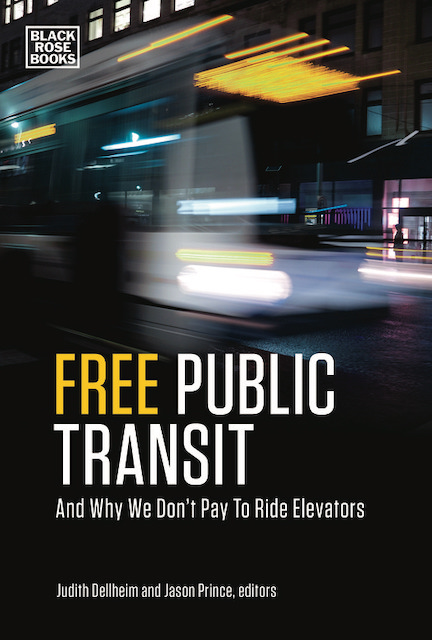“Fire Damages Del Mar Mansion,” NBC San Diego News reported yesterday. The mansion in question, the story added, had three bedrooms, three baths, and 2,242 square feet.
Merriam-Webster defines “mansion” as “a large, imposing residence.” The Free Dictionary says it is “a large, stately house.” Call me old fashioned, but 2,242 square feet doesn’t seem that large, imposing, or stately to me. Maybe compared with tiny homes it is, but even in California, most people have not yet been squeezed into tiny homes.
What is large about the house is the value: according to Zillow, it is currently worth about $5.3 million. That’s not because it has a great ocean view: it sits four houses back from the ocean and its views are clearly blocked by bigger houses in front of it. A nearby house that does sit on the ocean, but is only 1,851 square feet, is currently on sale for $11.8 million. These high prices are due to California’s various anti-growth policies. Continue reading









